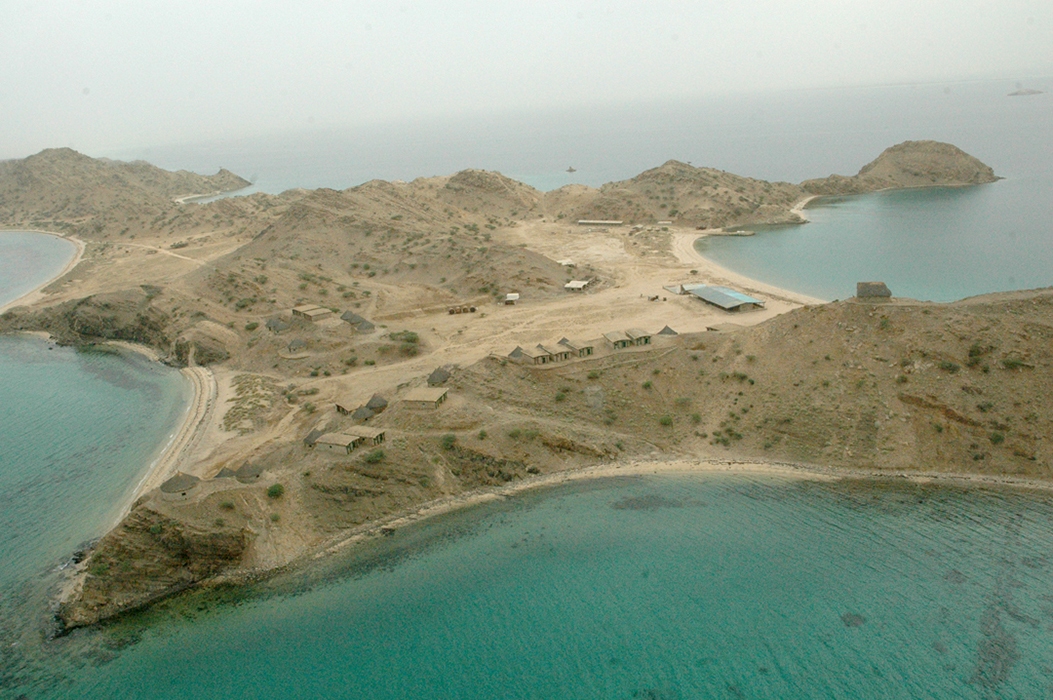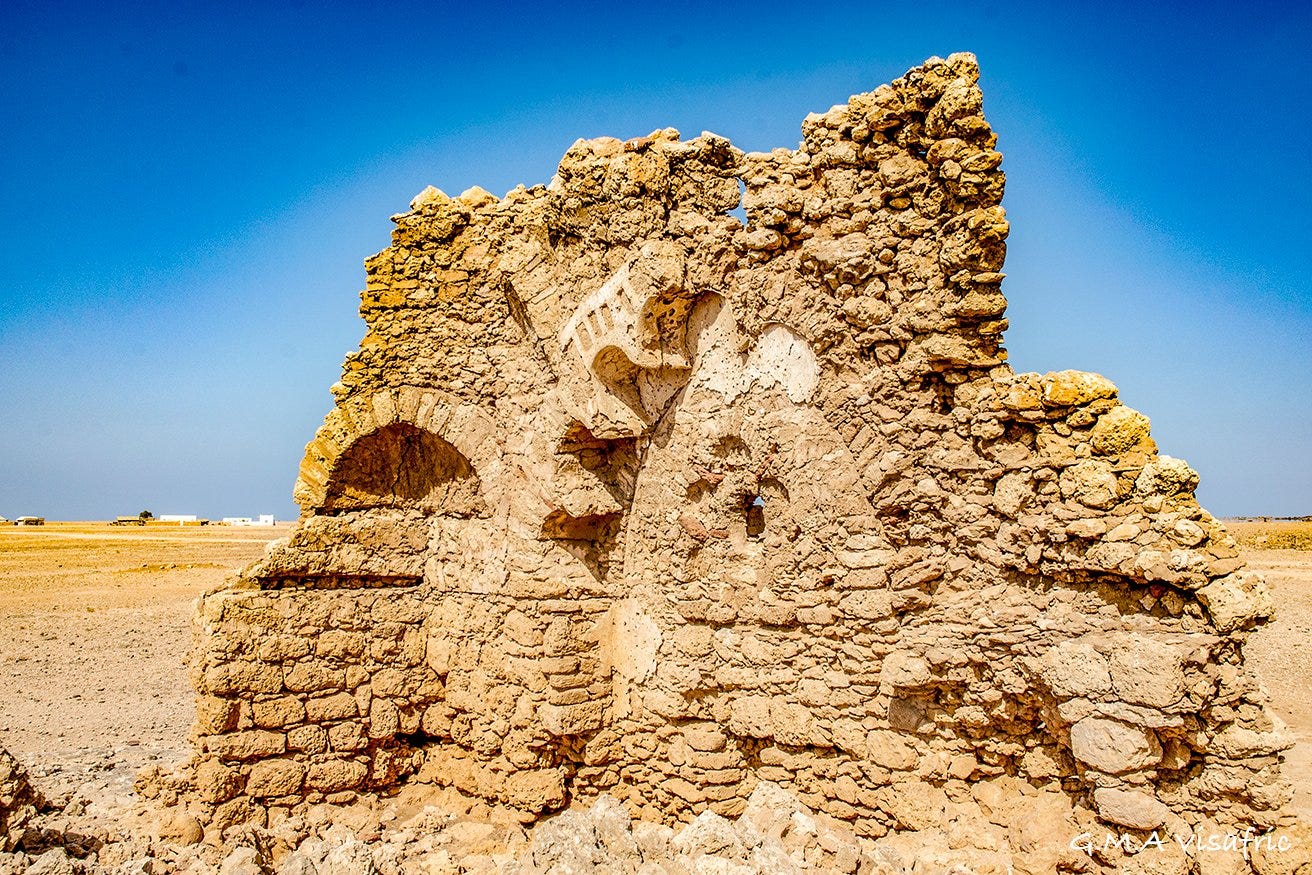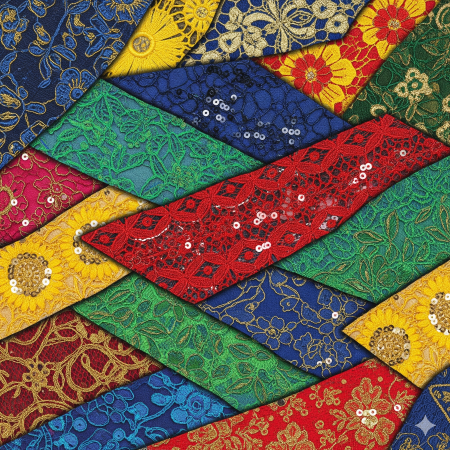The Forgotten Isles of the Red Sea: Eritrea’s Dahlak Archipelago

A Scattered Paradise
Off the coast of Eritrea, where the Red Sea narrows on its long journey toward the Bab el-Mandeb strait, lies a constellation of islands largely unseen and seldom visited. Known as the Dahlak Archipelago, this group of roughly 200 islands has for centuries existed at the intersection of trade, empire, and ecology. Today, they remain one of Africa’s most enigmatic maritime frontiers: sparsely inhabited, ecologically rich, and politically contended.
For most of the world, the name “Dahlak” barely registers. Yet in antiquity, the islands were etched into the global imagination as crossroads of exchange, a stepping-stone between the Arabian Peninsula and the Horn of Africa. Their obscurity today hides a deep history of cultural entanglement and an uncertain future in an era of climate change and geopolitical competition.
History Written in Salt and Stone
The Dahlak Archipelago’s historical significance emerges from its geography. Situated along the Red Sea corridor that has long connected the Mediterranean with the Indian Ocean, the islands served as resupply points for traders ferrying frankincense, ivory, gold, and enslaved people. Dahlak Kebir, the largest of the islands, was once home to a thriving medieval sultanate, whose wealth derived from pearling and commerce with Arabia and Persia.
Archaeological remains, including crumbling mosques and elaborate tombstones inscribed in Kufic script, testify to a cosmopolitan past. By the 9th century, the Dahlak Sultanate had become an important Islamic polity, exporting pearls prized in Cairo and Baghdad. Its decline, hastened by shifting trade routes and Ottoman expansion, left behind ghostly ruins now half-swallowed by sand.
Colonial entanglements reshaped the islands again in the modern era. Italy annexed them in the late 19th century, integrating them into Italian Eritrea. After World War II, they passed through British administration before being folded into independent Eritrea in 1993. But throughout these transformations, the archipelago remained marginal, geographically remote and politically secondary to the mainland.
Ecology of Isolation
If history has receded, ecology has surged to the forefront. The Dahlak Archipelago harbors some of the Red Sea’s most intact coral reef systems, a sanctuary for biodiversity in an era of ecological stress. Dugongs graze in seagrass meadows; hawksbill and green turtles nest on sandy shores; migratory birds pause during their epic journeys along the East African flyway.
The islands’ remoteness has been both a blessing and a curse. On one hand, low human habitation, with only a handful of islands hosting small fishing communities, has limited ecological degradation.
On the other, pressures are mounting. Artisanal fishing, when combined with illegal trawling by foreign fleets, threatens fragile marine balances. Climate change, warming waters, and acidification pose risks to coral ecosystems.
Paradoxically, the archipelago’s isolation makes it a perfect candidate for conservation while also rendering enforcement and management nearly impossible.
Strategic Waters, Silent Players
Image Credit: Madote
This strategic location has drawn attention from external powers. Geography ensures that the Dahlak Islands cannot remain peripheral forever. They lie along one of the most critical maritime arteries in the world: the Red Sea, through which nearly 10 percent of global trade passes en route to the Suez Canal.
In the present, as the Red Sea becomes a theater of great-power rivalry with the United States, China, Russia, Gulf states, and Turkey all vying for influence, Eritrea’s Dahlak Archipelago once again occupies a vantage point over global commerce.
During the Cold War, the Soviet Union used the islands as a naval base, projecting power across the Horn of Africa.
While neighboringDjibouti thrives on hosting foreign bases, Eritrea has jealously guarded sovereignty. The Dahlak Islands, in effect, remain pawns on a geopolitical chessboard that Eritrea plays cautiously, if not defensively.
Tourism Without Tourists
Image Credit: Kanaga Africa Tours
For decades, the Dahlak Archipelago has been whispered about as a potential paradise for divers and adventurers. Its coral gardens, turquoise waters, and unspoiled beaches rival those of the Maldives or Seychelles. In the early 2000s, Eritrea attempted to launch small-scale eco-tourism ventures, with liveaboard dive boats departing from Massawa to explore the reefs and wrecks.
But international sanctions, limited infrastructure, relations with groups of rival nations, and Eritrea’s restrictive visa regime stifled such aspirations. The archipelago remains more rumor than reality in the global travel market, visited only by the most determined explorers. In a sense, this absence of tourism has preserved the islands’ fragile ecosystems.
Lives on the Margins
For the small number of people who do live on the islands, life is defined by subsistence and remoteness. Fishing is the backbone of survival, supplemented by small-scale animal husbandry and limited trade with Massawa on the mainland. Yet island life fosters a distinctive culture of seafaring knowledge, and intimate familiarity with tides or reefs. These communities, though tiny, are stewards of ecosystems whose global significance far outweighs their population size.
The Archipelago’s Future

Image Credit: G.M.A Visafric
The Dahlak Archipelago today embodies a paradox: it is at once central and peripheral, strategic yet neglected, rich in potential but constrained by politics. Its reefs and mangroves could make it a global model of marine conservation; its history could anchor cultural tourism; its location could serve as a hub of maritime trade.
At the same time, climate change imposes urgency. Coral bleaching, rising seas, and overfishing will not wait for Eritrea’s politics to change. Whether or not the world pays attention, the ecosystems of the Dahlak Islands are already in flux.
Perhaps the greatest tragedy would be for these islands to remain forgotten until their biodiversity collapses, their reefs eroded beyond recovery. And yet, there is also a kind of dignity in their obscurity, a resistance to the relentless commodification of nature.
Conclusion: Isles of Possibility
To write about the Dahlak Archipelago is to confront the tension between memory and oblivion. Once a pearl in the crown of medieval trade, today it is a quiet scattering of islands, mostly invisible on the world stage. Its reefs shimmer, its ruins whisper, its communities endure.
Whether the future of Dahlak will be written in the language of ecological preservation, geopolitical maneuvering, or climate loss remains unclear. What is certain is that these islands, forgotten but never insignificant, are a reminder of how much of the world remains beyond the maps of power and commerce.
If you are interested in other African Islands and destinations open to tourists, check out these articles:
The Hidden Beaches of São Tomé: Unveiling Africa’s Secret Paradise
Exploring Africa on a Budget: Five Affordable Travel Destinations
You may also like...
Arsenal Legend Thierry Henry to Receive Prestigious BBC Lifetime Achievement Award

Former Arsenal and France football legend Thierry Henry will be honored with the Lifetime Achievement award at the 2025 ...
Maresca's Emotional Rollercoaster: Chelsea Boss Claims 'Happy' After 'Worst 48 Hours'

Chelsea boss Enzo Maresca has clarified his previous 'worst 48 hours' comments, now expressing happiness and a deeper co...
Fallout Season 2 Shatters Records, Outperforming HBO's Last of Us!

Fallout Season 2 has premiered on Prime Video to overwhelmingly positive critical and audience reception, scoring a near...
Winter Is Back! Kit Harington Hints at Massive Game of Thrones Comeback

Kit Harington has definitively shut down any possibility of reprising his role as Jon Snow, stating he doesn't want to g...
Love Blossoms: Anwuli & Kennedy's Instagram Romance Leads to #HappilyEverOffor!

Anwuli and Kennedy's love story, sparked by an Instagram connection, led to a beautiful Igbo traditional wedding. After ...
Teyana Taylor & Lucien Laviscount Light Up the 'Spirit Tunnel' with Epic Dance Moves!

The Jennifer Hudson Show features high-energy 'Spirit Tunnel' entrances, with Lucien Laviscount making a stylish walk an...
Kenya's Billion-Shilling Travel Bill: Austerity Pledge Broken?

The Kenyan government spent nearly Sh5 billion on travel in the first three months of FY 2025/26, raising concerns about...
Shehu Sani Urges Nigerians: Shun US Travel Ban, Build Nation

The United States has enacted new travel restrictions impacting Nigerian nationals, covering both immigrant and several ...






